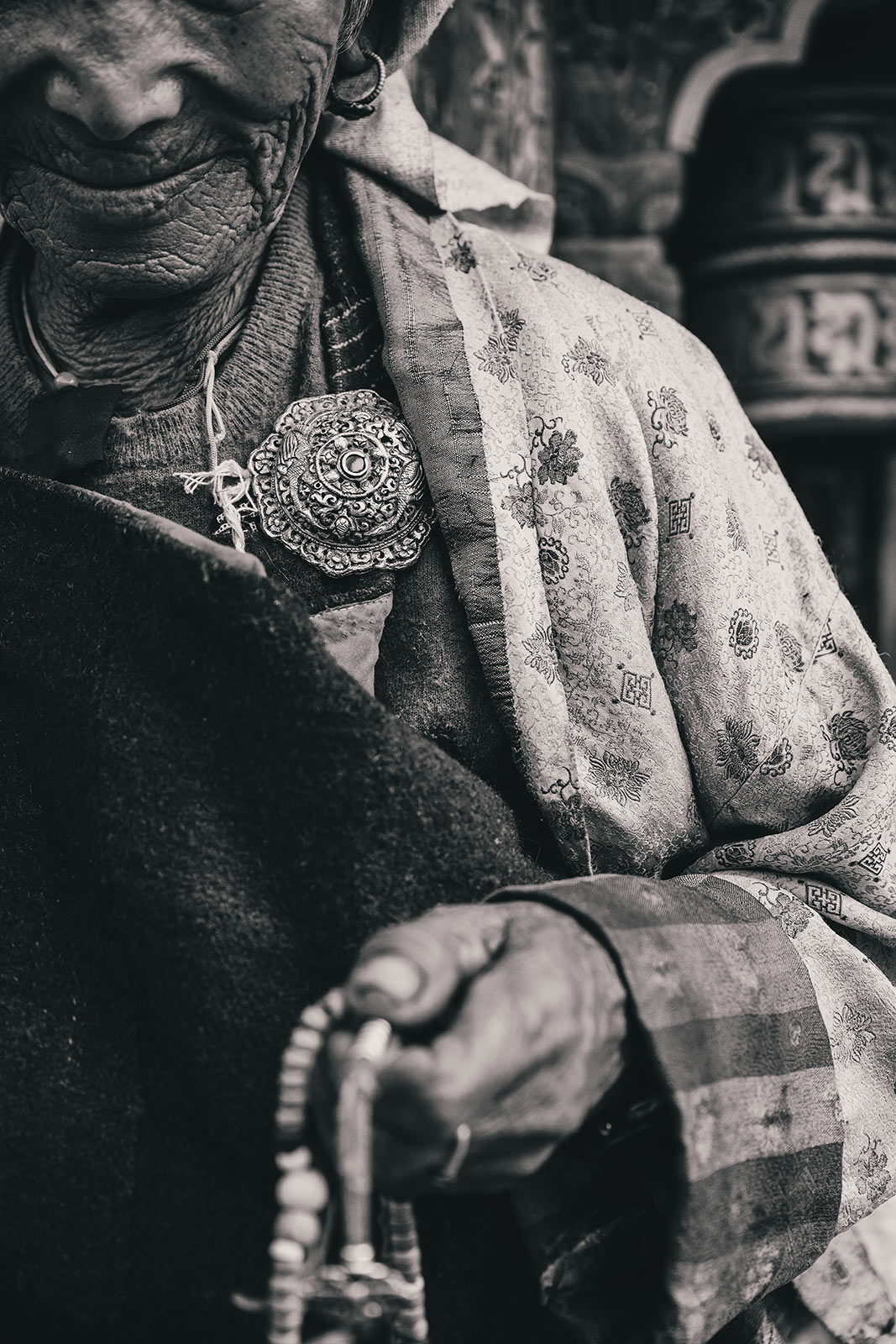
Bhutan is a small, landlocked country located in South Asia. It is nestled in the eastern Himalayas and bordered by two large countries: China to the north (specifically the Tibet Autonomous Region) and India to the south, east, and west. Bhutan is known for its stunning natural landscapes, rich cultural heritage, and commitment to environmental conservation and happiness as national priorities.
Its capital is Thimphu, and the country’s official language is Dzongkha. Bhutan has a unique monarchy and follows a development philosophy known as “Gross National Happiness.”
The weather in Bhutan varies significantly due to the country’s diverse topography, ranging from subtropical plains in the south to high-altitude Himalayan peaks in the north. Bhutan experiences four distinct seasons: spring, summer, autumn, and winter.
Spring (March to May):
Summer (June to August):
Autumn (September to November):
Winter (December to February):
If you’re planning to visit Bhutan during a festival, autumn is a great choice, as many major festivals (like Thimphu Tshechu and Paro Tshechu) take place during this season.
Visitors of all nationalities, except those from India, require a visa before entering Bhutan. For all visitors, except those from Bangladesh and the Maldives, this visa must be applied for and approved in advance of travel. Visitors from Bangladesh and the Maldives also require a visa, but this can be applied for and approved either in advance of travel or upon arrival in Bhutan.
Visitors from India are able to apply for a permit but are required to hold an Indian passport or an Indian voter ID card. For Indian nationals under the age of 18, a passport or a birth certificate can be used to enter and they must be accompanied by a legal guardian.
Nationals from Switzerland and Thailand holding diplomatic or government-official passports are eligible for a visa at their port of entry.
Our company will manage your Bhutan visa process. To proceed, please email us a clear copy of your passport, a recent photograph, and proof of general travel insurance. Once we receive these documents, we will submit your visa application to the Department of Immigration on your behalf. Your visa will be approved once the Sustainable Development Fee for your trip has been accounted for. After approval, the Department of Immigration will issue an e-visa clearance, which we will forward to you. We recommend carrying a hard or electronic copy of the e-visa clearance when checking in for your flight to Bhutan, as this will serve as proof of your approved visit. Your visa will be officially stamped in your passport upon arrival at the airport.
Please ensure your passport is valid for at least six months from your last day in Bhutan.
There is a one-off fee of US$40 for the processing of your application. This is payable at the same time as your Sustainable Development Fee (SDF), as part of the process of submitting your visa application.
The Sustainable Development Fee (SDF) is a daily levy paid by visitors to Bhutan, playing a vital role in the kingdom’s development since 1974. The SDF is collected by the national exchequer and supports projects that create sustainable opportunities for the Bhutanese people. It funds free healthcare, education, tourism and hospitality upskilling, infrastructure improvements, and environmental and cultural preservation. The SDF also helps Bhutan maintain its renowned forest cover and carbon-neutral status, ensuring that visitors can continue to enjoy a tranquil and intimate experience in this unique and environmentally conscious nation.
The SDF is USD 100 per night for adults from all countries except for India. Children aged between 6 years and who have not yet turned 12 are eligible to pay USD 50 per night. Children who have not yet turned 6 years old do not have to pay any SDF.
The SDF for Indian nationals (showing a valid Indian passport or Voter ID card) is Nu. 1,200 (or the equivalent amount in Indian rupees) per person, per night. Children aged between 6 years and who have not yet turned 12 are eligible to pay Nu./INR 600 per night. Children who have not yet turned 6 years old do not have to pay any SDF.
The visa allows you to remain in Bhutan for a maximum of 90 days from the date of entry.
No. The requirement for mandatory travel insurance was lifted on April 23, 2024. However, it is strongly recommended that all guests to Bhutan have travel insurance before visiting the Kingdom as a precaution in case of unforeseen situations.
There is a charge of Nu. 4,500 per car, per day.
If you want to bring your own car, the cars must meet the requirements of Bhutan’s Roads Safety and Transport Authority, and must also have a valid driver’s license, insurance documentation, pollution control documentation, an entry permit, and a vehicle in reasonable condition. A valid Indian driver’s license is accepted for self-driving within Bhutan. The same fees and rules apply for motorbikes.
You may bring cash equivalent to US$10,000 into the country.
ATM and banks accept Visa and Mastercard. International credit cards are widely used in urban areas of Bhutan. However this service may not be available in other parts of the country. Visitors can download the digital wallet app goBoB launched by the Bank of Bhutan, which can be used with a local SIM card and is widely accepted throughout the country. Another option is the MyPay digtal wallet app launched by Bhutan National Bank. Both apps can be connected to international credit cards and used widely.
Cash in US dollars and Indian rupees is also widely accepted. We advise bringing some cash in either of these currencies, or in Bhutanese ngultrum.

